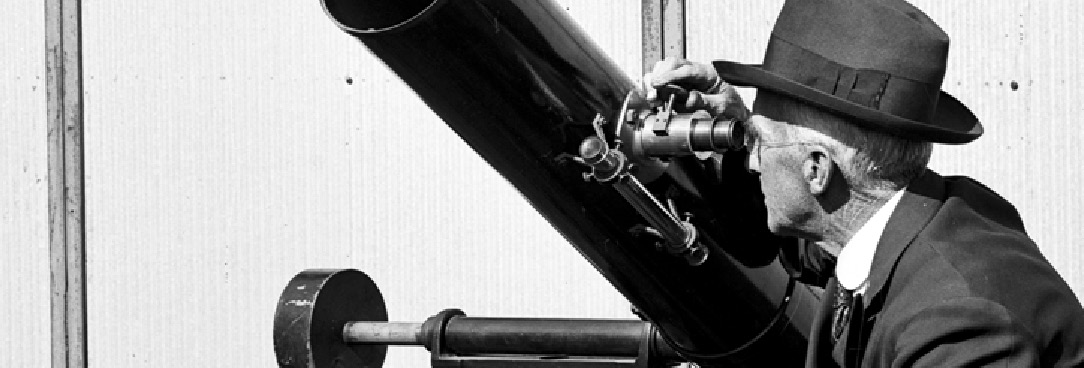In the foreword to the first issue of Provenance, the journal of Public Record Office Victoria (PROV), the then Director and Keeper of Public Records, Ross Gibbs, outlined an ambitious future for the journal. His vision was for a journal that would ‘publish research in the field of archives, history and records management’ and that would ‘promote deeper understanding and analysis of the records within our vast state archives’.
The first two issues of Provenance, published in print form during 2003 – an important anniversary year for PROV – realised that vision. They contained two articles on the history of PROV and of archives in the State of Victoria written from research based largely on the public records held by PROV.
As the new Director, I have brought my own vision to the journal. Drawing on my experience leading PROV’s Victorian Electronic Records Strategy, we have embraced the future development of the journal as an online publication, freely available on the Internet. While the look and feel of a limited-run print journal has its own appeal, the decision to publish online offers the prospect of far wider access to the archives of the State of Victoria, through a global medium. The articles contained in this third issue of the journal will provide information, education, and entertainment in a way that complements our growing suite of online resources and access pathways to the PROV holdings in general.
PROV’s online publications are candidates for inclusion in PANDORA, Australia’s Web Archive, operated by the National Library of Australia in collaboration with State Library of Victoria and other bodies. Although PROV will maintain online access to Provenance indefinitely, preservation of Provenance in PANDORA will ensure its accessibility via the web far beyond the time and extent that a usual print publication would be accessible.
In this, our first online issue of Provenance, we present three articles. All deal with some aspect of the social pressures associated with the law or judicial processes. Each article looks at changes in social attitudes over time, and the three authors have made ample use of PROV’s extensive archival holdings. The articles are sensitive to the original stories being told by our collection but also read beyond these to make current and relevant connections.
Andrew Brown-May and Simon Cooke’s article ‘Death, Decency and the Dead-House: The City Morgue in Colonial Melbourne’ looks at the role and placement of the City Morgue in Melbourne . It explores not only the factors that determined where the Morgue should be, but the social attitudes towards the Morgue and to death itself. The article provides understanding of the place of death and the dead in nineteenth-century Victorian society, and the origins of a professional public institution that removed death from the realm of public spectacle. For the many researchers who use inquest deposition files at PROV in their research, this article offers great insight into the institutions and individuals involved in the tasks of post mortem and inquest.
Rick Clapton’s article ‘Keeping Order: Motor-Car Regulation and the Defeat of Victoria’s 1905 Motor-Car Bill’ centres on the attempts by the Victorian government to regulate and licence motor-car driving in the early twentieth century. Clapton explores the tensions between wealthy owners and drivers of cars and the usually working-class police who needed to regulate driving and prosecute drivers, using legislation not designed for the purpose. The article shows us a society in which driving and owning a motor-car had not yet become accessible to people from all strata of society.
Heather Holst ‘Home Truths: Stories from the Nineteenth-Century Castlemaine Police Courts’ looks at home and family as revealed through court records of Fryerstown, Castlemaine and Chewton from the 1860s to the 1890s. Holst has focused on case records in Courts of Petty Sessions to explore social attitudes, values and the ways of life of late nineteenth-century rural Victorians. This approach illustrates that we can read the stories of the case records as they are presented and extrapolate from them.
I would like to thank the Editorial Board members for their contribution to this, our first online issue, as well as the Public Programs team at PROV for putting it together. I hope you enjoy reading this issue and all the issues to come.
Justine Heazlewood
Director and Keeper of Public Records
